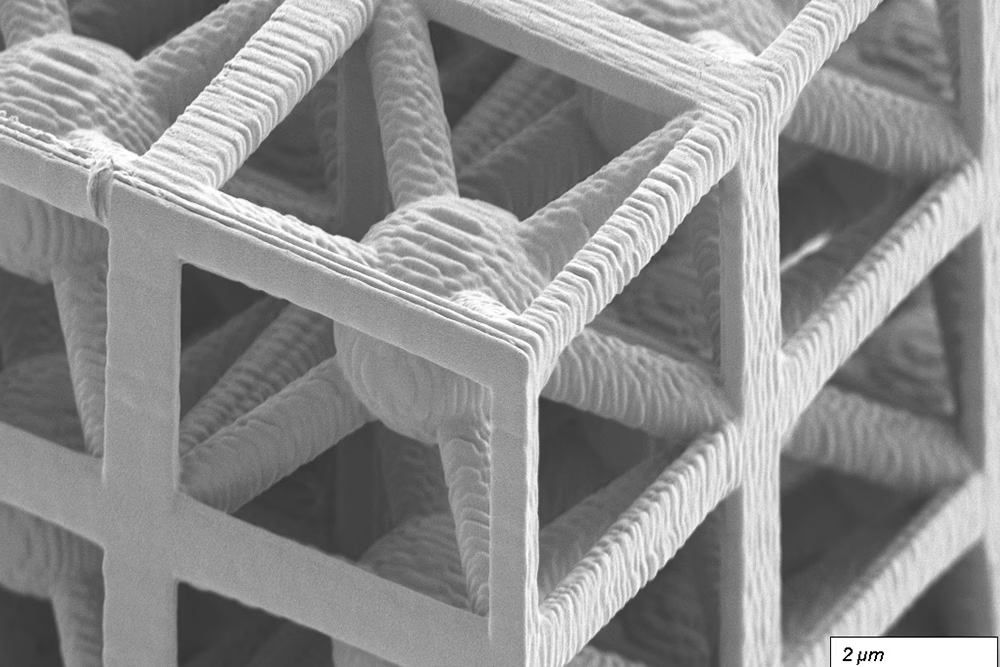Enhancing Railway Safety with AI: A New Approach to Infrastructure Inspection
By Sandrine Perroud
Artificial Intelligence (AI) is playing a pivotal role in enhancing railway safety by enabling automated inspections of tracks, sleepers, ballast, and retaining walls. Researchers at the Intelligent Maintenance and Operations Systems Laboratory (IMOS) at EPFL have developed an AI-based method that significantly improves the efficiency of detecting cracks in concrete structures. Their recent study, published in Automation in Construction, introduces a novel approach using explainable AI, a form of AI that allows users to understand the reasoning behind its decisions.
"We trained an algorithm to differentiate between images with and without cracks in concrete walls, a binary classification task, by providing it with hundreds of sample images from both categories. We then asked the algorithm to highlight the pixels it used to make its decision," explains Florent Forest, a scientist at IMOS and the study’s lead author. The algorithm successfully identified the pixels corresponding to the cracks. "With our approach, users can input images taken over several years of a railway section—or any other regularly inspected infrastructure—and ask it to quantify the severity of cracks in walls and sleepers over time. This helps infrastructure operators plan their maintenance more effectively," he adds.
Enhanced Inspections
Currently, railway operators regularly inspect the condition of infrastructures like retaining walls using predefined criteria, where scores are assigned by experienced inspectors. However, this process is often subject to subjective evaluations, making it challenging to track changes over time, especially when different inspectors assess the same infrastructure section at different times.
With advancements in digitization, railway operators can monitor track conditions using a specialized monitoring coach equipped with various measuring devices and side and ground cameras for visual inspection of rails, concrete sleepers, and retaining walls. By using these AI-based systems to quantify damage severity, the inspection process can be automated, making it more objective, accurate, and easier to compare over time.
The EPFL research team will test their method on railway sections between Zermatt and Brig and between Brig and Disentis. These sections include several retaining walls of different shapes and materials, making the task particularly challenging for the algorithm. The team has already collected drone images, as well as those from the monitoring coach, and will use their AI algorithm to help the railway operator monitor its infrastructure more frequently and systematically.
Read the Full Study
For more details, read the full study: From Classification to Segmentation with Explainable AI: A Study on Crack Detection and Growth Monitoring by Florent Forest, Hugo Porta, Devis Tuia, and Olga Fink, published in Automation in Construction, September 2024.



